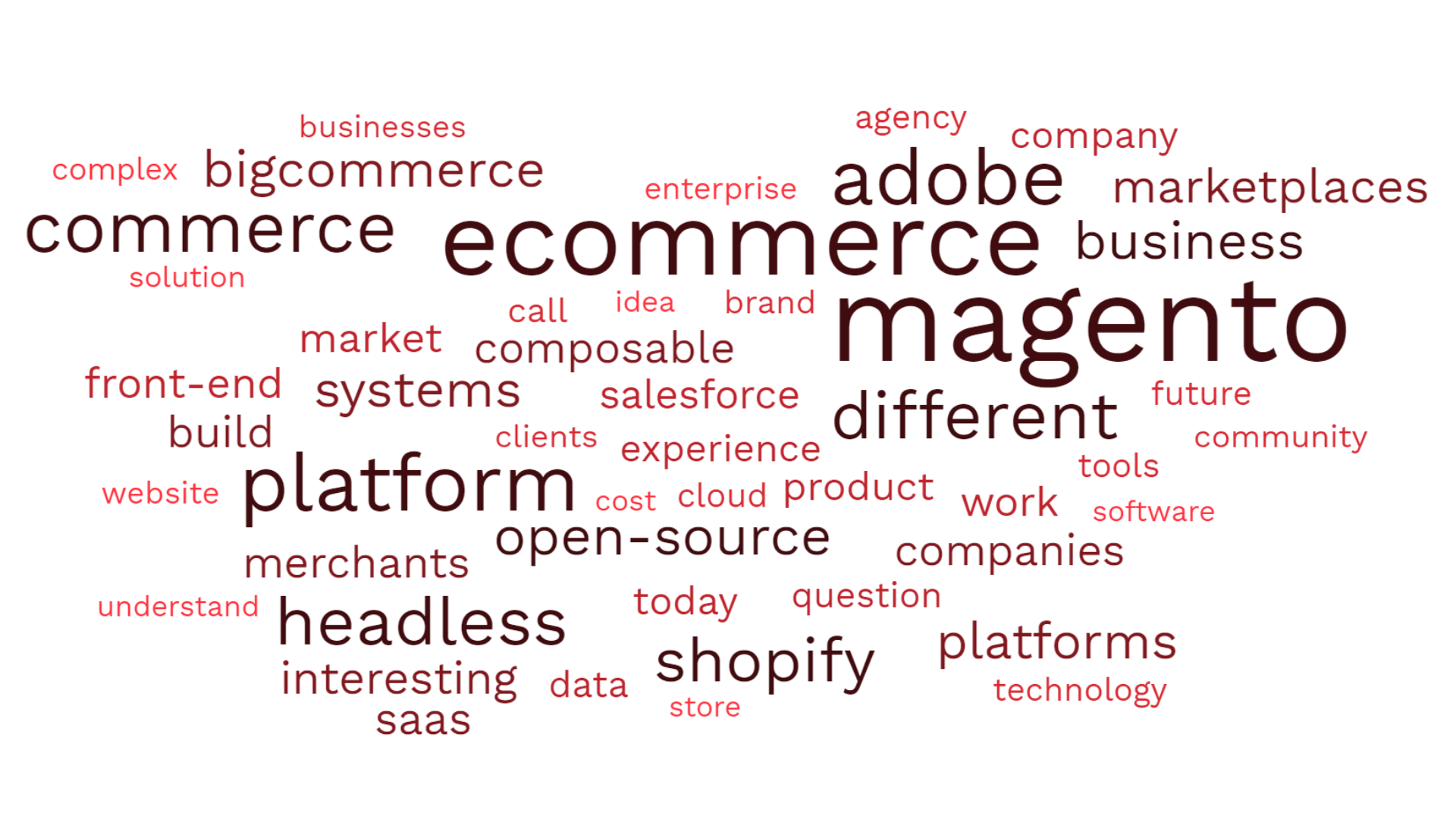Examining Top eCommerce Platforms: A Deep Dive With Aaron Sheehan, Director of Competitive Strategy at BigCommerce
eCommerce expert Aaron Sheehan from BigCommerce breaks down the key advantages and disadvantages of BigCommerce, Magento, Shopify, and WooCommerce.


 Tim Bucciarelli
Tim Bucciarelli






.png)

.png)